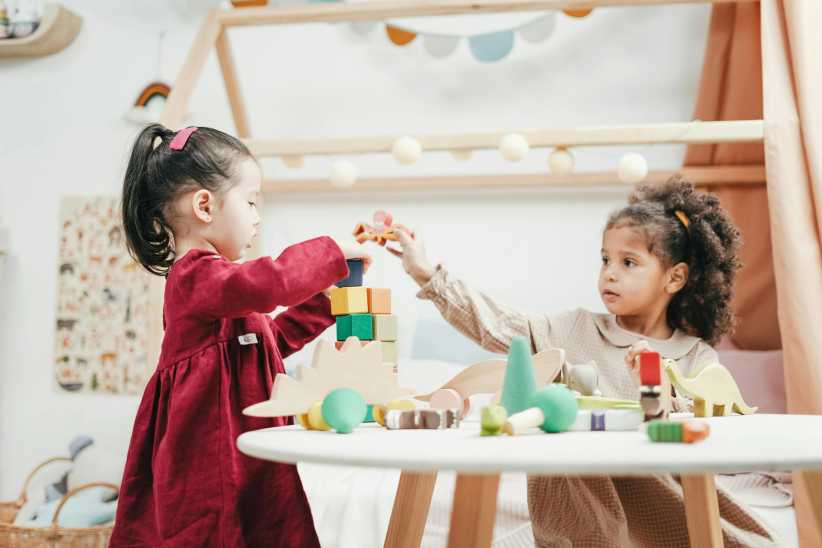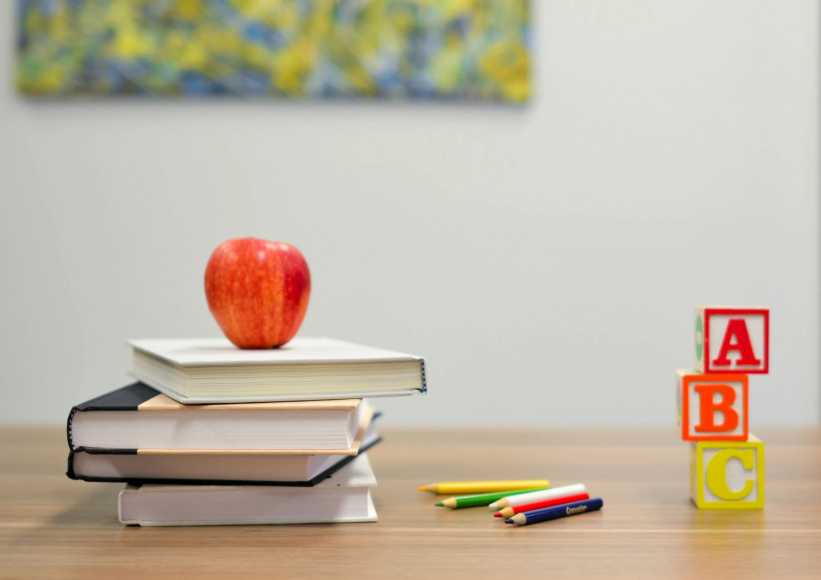Piano lessons were not an option for me as a child. As a trained musician, my father insisted his four daughters start piano lessons at an early age. I didn’t always enjoy it and often grumbled about the mandated practice sessions before and after school. My teacher was strict and had high expectations of his students, but I’m thankful today that piano lessons were a requirement my parents didn’t budge on.
Music lessons compete with a host of other activities for our children’s time and our money. How do we determine if music lessons are right for our child? Does it really make a difference in the long run if we expose our children to music education?
The evidence of several studies supports the conclusion that the benefits of music lessons outweigh the cost and inconvenience it poses to parents to provide them.
What does the research show?
A study led by Dr. Glenn Schellenberg with 6-year-old children and another study led by Dr. James Catterall at the University of California, Los Angeles, tracking more than 25,000 students over a 10-year period, cite the advantages of music lessons:
• Increase in IQ scores.
• Promotes intellectual development.
• Achieve higher test scores on standardized tests and other proficiency exams.
• More cooperative with teachers and peers.
• More self-confident.
• Better able to express their ideas.
• Improvements in eye-hand coordination, concentration, memory development, listening skills, and the overall process of learning.
• Enhanced self-esteem and confidence as they perform in front of a teacher on a weekly basis and participate regularly in recitals or other performances.
Studying music encourages self-discipline and perseverance, along with time-management and organizational skills. Weekly lessons require students to prioritize their schedules to allow for regular practice time. When taking lessons as a child, I tried to be prepared with each assigned piece to avoid an uncomfortable lesson or reprimand by my teacher. I was actively involved in church activities and sports at school, but I learned to manage my time to allow adequate practice time on the piano.
When should my child start?
Music lessons can begin as early as 4 years old, but an older child (7 or 8 years of age) has a greater attention span and focus for a musical instrument. It’s important that a child has the desire to play an instrument, and not be forced by Mom or Dad to take lessons, but encouraged when showing an interest. Experimenting with different instruments will help a child determine what instrument she is best suited for. If a child begins lessons, she should commit to several months of study to gain a feel for the instrument.
Where can I find a teacher?
Finding a teacher that your child can relate to is also important. Learning to play an instrument should be fun and interactive, although it requires a fair amount of work. Referrals from other parents and students offer valuable insight. Interviewing a potential instructor helps identify teaching styles and personality traits before beginning lessons. It’s also important to know the fee schedule and policies regarding make-up lessons.
Is it too late to learn?
It’s never too late to learn to play a musical instrument. As a former piano instructor, I loved working with teenage and adult students, who were often more committed and disciplined in the learning process. Older students prioritize their lessons and practice time over other commitments and have better focus and longer attention spans, which allows for faster learning and greater satisfaction with the process. Music lessons offer a new challenge for teenagers and adults and can have therapeutic effects.
Learning to play a musical instrument is like earning an education — once you obtain the skill, it can’t be taken away from you and yet, can provide enjoyment and satisfaction for years to come. S
So, what are you waiting for? Seize the opportunity and schedule some music lessons today for you or your child!
Gayla Grace is a freelance writer and mom to five children who have all taken music lessons.
















